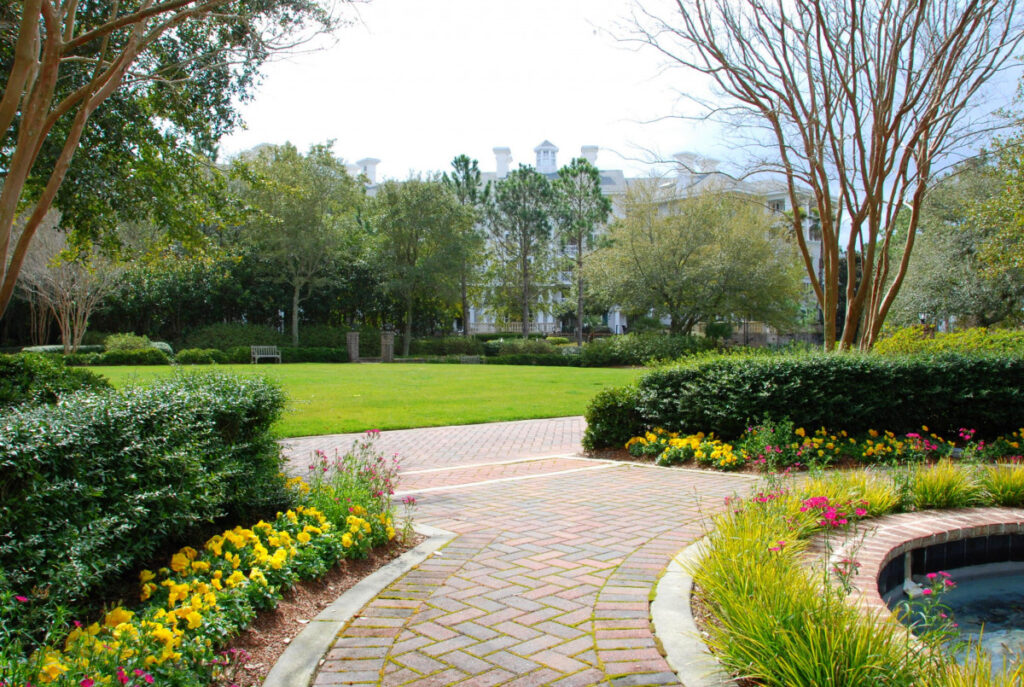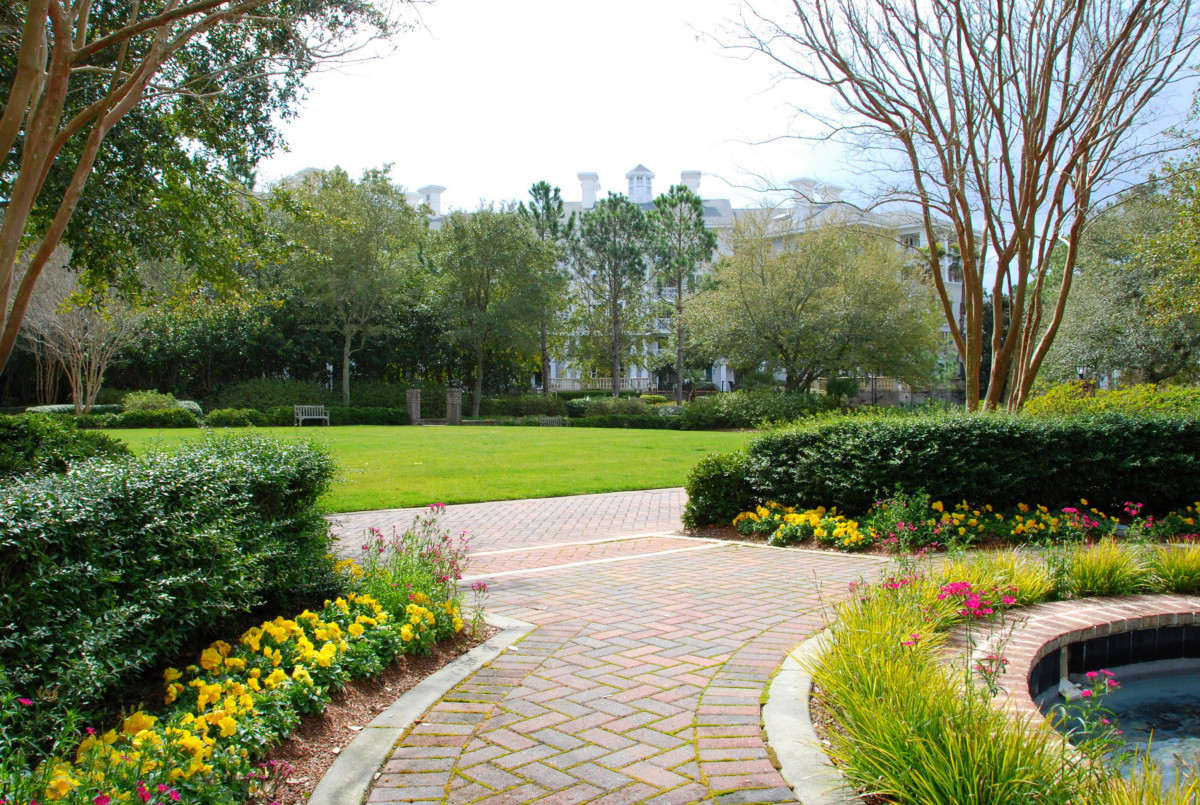
What is a Landscape Photo? Capturing the Beauty of the Natural World
The term “landscape photo” might conjure images of sweeping vistas and majestic mountains, but what truly defines this genre of photography? A landscape photo, at its core, is an image that showcases the natural environment. It’s about capturing the essence, beauty, and grandeur of the world around us. Whether it’s a serene forest, a dramatic coastline, or a vast desert, the goal of a landscape photo is to convey the feeling of being present in that space.
Understanding what constitutes a landscape photo is crucial for both aspiring and seasoned photographers. It’s more than just pointing a camera at a pretty scene; it’s about composition, light, and storytelling. This article will delve into the defining characteristics of landscape photography, explore its history, and offer tips for creating stunning images that capture the spirit of the natural world. We’ll also touch upon the various sub-genres within landscape photography, from intimate landscapes to astrophotography.
Defining Characteristics of a Landscape Photo
Several key elements distinguish a landscape photo from other types of photography:
- Focus on Nature: The primary subject is the natural environment. This can include landforms, bodies of water, vegetation, and even the sky.
- Wide Perspective: Landscape photos often utilize a wide-angle lens to capture a broad field of view, emphasizing the scale and scope of the scene.
- Composition: Careful consideration is given to the arrangement of elements within the frame, using techniques like the rule of thirds, leading lines, and symmetry to create visually appealing images.
- Light and Atmosphere: The quality of light plays a crucial role in setting the mood and highlighting textures. Golden hour (the hour after sunrise and before sunset) is often favored for its warm, soft light.
- Storytelling: A good landscape photo tells a story, conveying a sense of place, time, and emotion.
A Brief History of Landscape Photography
Landscape photography has a rich history, dating back to the early days of photography in the 19th century. Pioneers like Carleton Watkins and Ansel Adams used large-format cameras to capture the vastness and beauty of the American West, helping to shape our perception of these iconic landscapes. Their work not only documented the natural world but also played a role in conservation efforts.
Throughout the 20th century, landscape photography continued to evolve, with photographers experimenting with different techniques and styles. From the black-and-white masterpieces of Adams to the vibrant color images of Eliot Porter, landscape photography has consistently pushed the boundaries of artistic expression and technical innovation. Today, digital technology has made landscape photography more accessible than ever, allowing photographers to capture and share their vision of the natural world with a global audience. [See also: History of Photography]
Essential Equipment for Landscape Photography
While a great eye and a passion for nature are essential, having the right equipment can significantly enhance your landscape photography. Here’s a breakdown of some key gear:
- Camera: A DSLR or mirrorless camera with interchangeable lenses is ideal for landscape photography, offering greater control over settings and image quality. However, even a high-quality smartphone can produce impressive results.
- Lenses: A wide-angle lens (16-35mm) is a staple for capturing expansive landscapes. A telephoto lens (70-200mm or longer) can be useful for isolating distant subjects or compressing perspective. A mid-range zoom lens (24-70mm) offers versatility for various shooting situations.
- Tripod: A sturdy tripod is essential for sharp images, especially in low light or when using long exposures.
- Filters: Polarizing filters reduce glare and enhance colors, while neutral density (ND) filters allow for longer exposures in bright light.
- Remote Shutter Release: This prevents camera shake when using long exposures.
- Camera Bag: To protect and transport your gear.
Composition Techniques for Stunning Landscape Photos
Composition is the art of arranging elements within the frame to create a visually appealing and engaging image. Here are some fundamental composition techniques for landscape photography:
- Rule of Thirds: Divide the frame into nine equal parts with two horizontal and two vertical lines. Place key elements along these lines or at their intersections to create a balanced and dynamic composition.
- Leading Lines: Use lines (roads, rivers, fences, etc.) to guide the viewer’s eye through the scene and towards the main subject.
- Foreground Interest: Include an element in the foreground to add depth and context to the image. This could be a rock, a flower, or a tree.
- Symmetry and Patterns: Look for symmetrical elements or repeating patterns in nature to create visually striking compositions.
- Negative Space: Use empty space to create a sense of calm and emphasize the subject.
The Importance of Light in Landscape Photography
Light is arguably the most crucial element in landscape photography. The quality of light can dramatically affect the mood, atmosphere, and overall impact of an image. Here’s what you need to know:
- Golden Hour: The hour after sunrise and before sunset is known as the golden hour because of the warm, soft light it provides. This light is ideal for landscape photography, as it enhances colors and creates beautiful shadows.
- Blue Hour: The hour before sunrise and after sunset is known as the blue hour because of the cool, blue light it produces. This light can create a serene and ethereal atmosphere.
- Midday Light: Midday light is often harsh and unflattering, but it can be used effectively in certain situations, such as capturing the dramatic contrast of a desert landscape.
- Cloudy Days: Overcast days provide soft, diffused light that can be ideal for capturing details and textures.
Finding the Perfect Landscape Photo Location
Discovering breathtaking locations is a key aspect of landscape photography. Researching potential spots beforehand can save time and increase your chances of capturing stunning images. Here are some tips for finding the perfect location:
- Online Resources: Websites like 500px, Flickr, and Instagram can provide inspiration and help you discover hidden gems.
- Guidebooks and Maps: Local guidebooks and maps can offer valuable information about hiking trails, viewpoints, and scenic areas.
- Scout in Advance: Visit potential locations before your shoot to assess the light, composition, and accessibility.
- Talk to Locals: Locals can provide insider tips and recommendations for lesser-known spots.
- Consider the Time of Year: The seasons can dramatically alter the appearance of a landscape, so plan your shoots accordingly.
Post-Processing Techniques for Landscape Photos
Post-processing is an essential part of the landscape photography workflow. Software like Adobe Lightroom and Photoshop allows you to enhance colors, adjust contrast, and remove distractions. However, it’s important to use post-processing subtly and ethically, preserving the natural beauty of the scene. [See also: Photo Editing Software]
Here are some common post-processing techniques for landscape photos:
- Exposure Adjustment: Correcting the overall brightness of the image.
- Contrast Adjustment: Enhancing the difference between light and dark areas.
- Color Correction: Adjusting the white balance and color saturation.
- Sharpening: Enhancing the details and textures.
- Noise Reduction: Reducing unwanted graininess in the image.
- Dodging and Burning: Selectively lightening or darkening specific areas of the image.
Ethical Considerations in Landscape Photography
As landscape photographers, it’s important to be mindful of our impact on the environment. Here are some ethical considerations to keep in mind:
- Leave No Trace: Pack out everything you pack in, and avoid disturbing the natural environment.
- Respect Wildlife: Maintain a safe distance from wildlife, and avoid feeding or harassing animals.
- Stay on Marked Trails: Avoid trampling vegetation or creating new trails.
- Obtain Permits: Check if any permits are required for photography in specific areas.
- Be Mindful of Others: Respect other visitors and avoid blocking viewpoints or creating noise pollution.
Subgenres of Landscape Photography
The world of landscape photography is diverse, encompassing various subgenres. Here are a few notable examples:
- Seascape Photography: Capturing the beauty of the ocean and coastal environments.
- Mountain Photography: Showcasing the majesty of mountains and alpine landscapes.
- Forest Photography: Exploring the intricate details of forests and woodlands.
- Desert Photography: Capturing the stark beauty of desert landscapes.
- Astrophotography: Photographing the night sky and celestial objects against the backdrop of a landscape.
Conclusion: Embracing the Art of Landscape Photography
Landscape photography is more than just taking pictures of pretty scenery. It’s an art form that allows us to connect with nature, express our creativity, and share our vision of the world with others. By understanding the defining characteristics of landscape photos, mastering composition techniques, and being mindful of ethical considerations, you can create stunning images that capture the beauty and grandeur of the natural world. So grab your camera, head outdoors, and start exploring the art of landscape photography!

